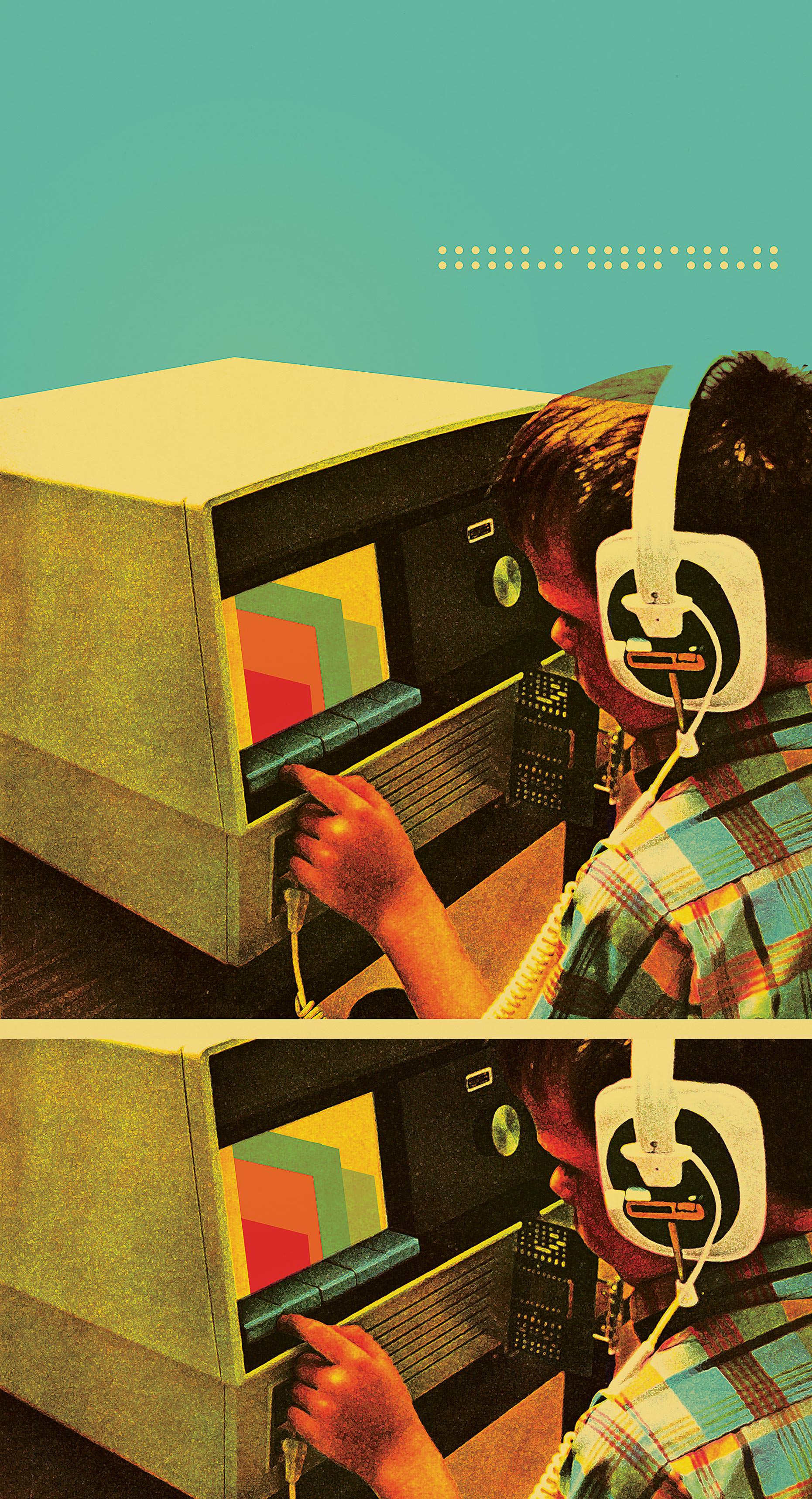Last year, I reviewed Audiority GrainSpace [Tape Op #121], a very cool plug-in that is doing something fairly new in the DSP world. Now, in total contrast to GrainSpace, Audiority has released Echoes T7E, a recreation of the vintage Binson Echorec. While it isn't as innovative as GrainSpace, I couldn't resist buying this plug-in during its discounted introductory sales period. First off, Pink Floyd used the Echorec, and I'm a fan. With presets like "Pink Guitar," "Shiny Diamond," and "Brick Solo," this plug-in is a no-brainer for David Gilmour fans. Secondly, I love delay and echo. Lastly, I'm of Italian descent, and the original was made in Italy. How could I resist? Before I dig in further, I should mention that Soundtoys EchoBoy [#62] also has a model of the Binson, so if you already own EchoBoy, this plug-in might seem redundant and is certainly less versatile than EchoBoy. Echoes T7E is a faithful recreation of the Echorec, but with a few updates to make it more useful than the original. The Echorec was unique in its use of a stainless-steel wire, precisely wound around a spinning drum — which was supposedly more reliable and less susceptible to wow & flutter, compared to a tape loop. Similar to the Roland Space Echo tape-based units, the Echorec has multiple playback heads (four compared to the Space Echo's three), along with a single record head. A rotary switch, simply labeled "Switch," allows you to enable individual heads or various combinations (including all four heads) for different delay times and effects. A "Selector" switch enables "Echo" slap-back delay, "Rep" delay with feedback, or "Swell" mode, which mixes the heads and adds feedback according to which heads are enabled. The original Echorec was limited to one speed, but Echoes T7E has two added modes — one to vary the speed (and therefore delay time), and another to sync to the DAW's tempo. The original hardware had a maximum delay of 310 ms, but Echoes T7E is capable of 1100 ms. There are also tone controls as on the original. In addition, Echoes T7E has some very useful settings "under the hood" of its polymorphic GUI. For each head, you can adjust volume, tone, and positional "Error." You can also fine-tune overall feedback level. Lastly, "Age" and "Noise" controls can make your virtual Echorec sound older and noisier, or nearly new — you decide. Noise is actually useful for getting Echoes T7E to self-oscillate for fun feedback effects. Playing with the feedback, noise, and speed controls is really fun, as the plug-in reacts to all the abuse in a very believable way — creating all sorts of crazy feedback and pitch-shifting effects that don't glitch out, and sound pretty damn analog! In general, the sound of Echoes T7E is on the darker side, as you might expect from a wire recorder, but the combo of four heads allows for some cool effects you can't realize with a standard delay line. If you're an echo geek like me, Echoes T7E is worth checking out.
Plug-Ins | No. 57
L2007 Mastering Limiter plug-in
by Garrett Haines
For quite sometime many have viewed Waves L2 as the best digital plug-in limiter. And over the years, there have been many challengers. While some upstarts had strengths in different uses, none seemed...




_disp_horizontal_bw.jpg)